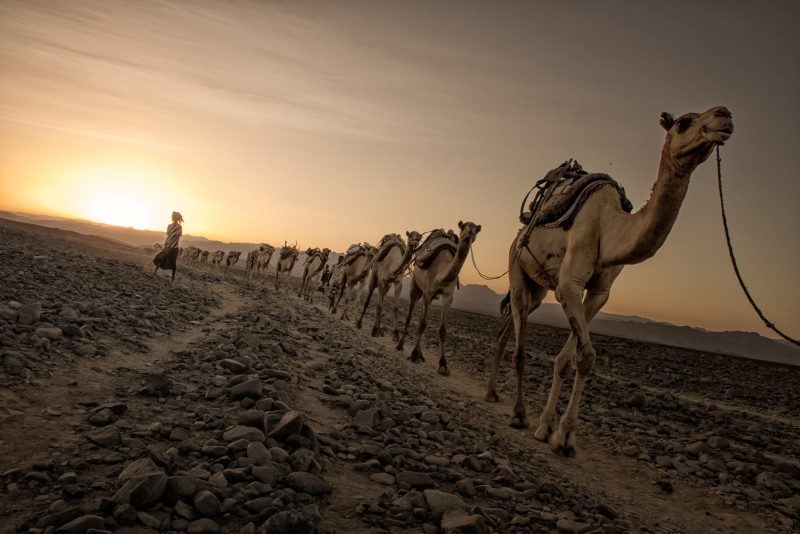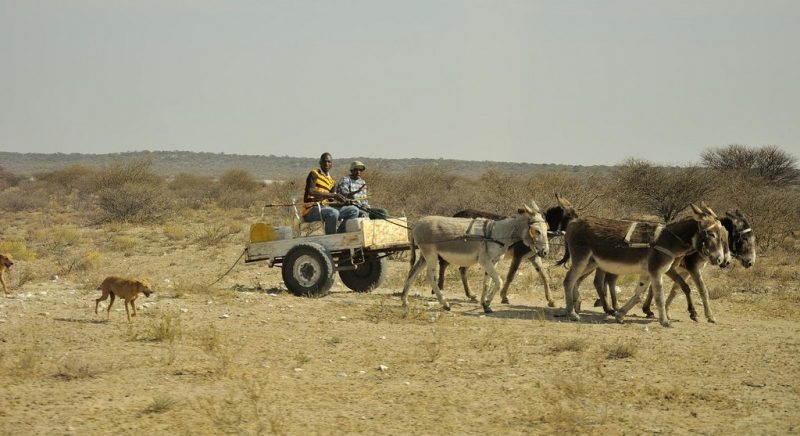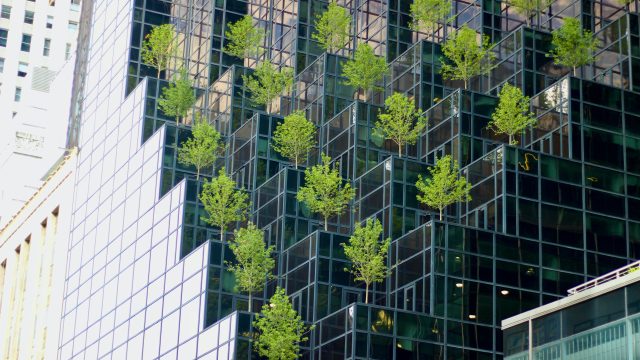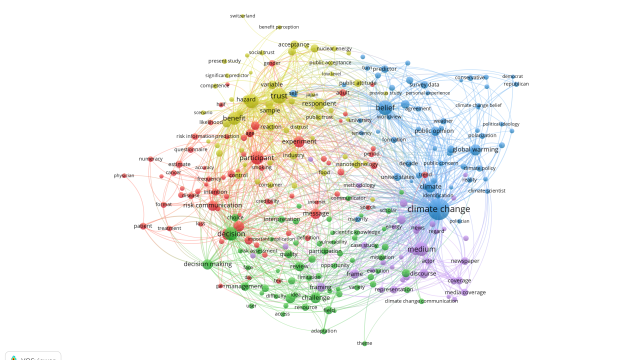Building drought resilience in Ethiopia

Ethiopia, located on the south-eastern edge of the Sahara, is one of the most drought-ridden countries in the world. The infamous 1984 drought, combined with a civil war, created a famine that killed 400,000 people, while in 2016, drought threatened the livelihoods of 10 million. Although Ethiopia has experienced cycles of drought stretching back thousands of years, in recent years water shortages have intensified. Climate change is making drought the new normal: now in every decade there are more drought years than rainy ones.
A drive for modernisation has seen rapid economic growth - more than 10% a year for the last decade, by far Africa’s fastest growing economy. Despite this, almost 30% of Ethiopians remain below the poverty line, in part because extreme climatic conditions seriously compromise the rural livelihoods that support 80% of the population. Many rural communities are pastoralists, who live by grazing cattle, sheep and goats across ecologically fragile rangelands. But such livelihoods are especially vulnerable to drought.
The vicious cycle of drought
In normal times, farmers buy and sell livestock in well-functioning local markets. Traders trucks large volumes of livestock to fulfil orders, and seek animals that are in reasonably good condition for either fattening or immediate slaughter. In times of drought, forage and fodder supplies dwindle and livestock gut parasite infestations soar. Weakened livestock lose body condition and are too weak to be trekked to more distant markets. Fewer animals make the grade for slaughter, with buyers only taking on those that they have opportunity to fatten.
As prices decline, farmers hold on to their animals hoping for a turn around. This starts a vicious cycle. As drought intensifies, rangeland carrying capacity falls. If livestock numbers remain steady, there is not enough food to go around. Worm infestations increase and place additional stress on livestock, emaciating them to the point that they are unsellable. Market buyers cannot make enough money from such emaciated stock without dramatically dropping their price offerings, yet the demand for money increases with the need to treat sick animals.
With emaciated animals, buyers now require more time and more investment which is not always offset by reduced savings on price. The net effect of this is that few buyers invest in transportation, and demand dries up. As weakened animals cannot trek far and are limited to local markets, local prices fall to the point where trade becomes pointless.
“ However, after decades of a traditional aid approach, it has become clear that local resilience to drought is not improving – and in fact, it may be undermining resilience.”
For pastoralists, livestock are critical assets providing milk, meat, offspring and traction. They represent the balance sheet of the household economy which, when eroded, cannot be easily recovered. During drought, families are forced by circumstance to sell weakened livestock at unfavourable prices to make ends meet. As they sell off their herds or as animals die, families lose savings accumulated over many years, and the core of their ability to rejuvenate their herds. This decimates the livelihood base, and the net consequence is that childhood malnutrition affects a quarter of all Ethiopian children under five.
The traditional aid response has been to step in to prevent human starvation. Humanitarian agencies and government have intervened through “slaughter destocking” – buying animals from farmers and distributing the meat back to the communities for free – and distributing free veterinary medicines and forage, alongside emergency food assistance.
However, after decades of this approach, it has become clear that local resilience to drought is not improving – and in fact, the traditional aid may be undermining resilience. Anecdotal stories abound of local veterinary suppliers and forage suppliers put out of business by the mass distribution of drugs and hay. Slaughter destocking may meet immediate needs for food, but it robs farmers of their herds, leaving them little to restart their lives with once the drought has passed. Deprived of essential services and with herd stocks decimated, local economies become ever more fragile.
After decades of this same story, there has been new interest into finding ways in which assistance can do better. In recent years, some interesting alternative responses have been tested, and seem to be gaining traction.
Accelerated Livestock Off Take (A LOT)
In 2016, Mercy Corps Ethiopia experimented with a market-based approach to destocking. Careful monitoring of interior market prices indicated when downturns in livestock prices might happen. Where these persisted during a drought, contracts were made with market traders to purchase livestock from stressed areas at market prices.
Unbeknown to farmers however, Mercy Corps offered a subsidy to buyers calculated to offset the value lost through fattening. Under a contract, a buyer would bid on a contract to receive a subsidy of 210 Ethiopian Birr (£8.00) per sheep or goal bought from a specified market and moved out of the area. This amount was calculated to offset additional fattening costs that a trader would incur by buying skinnier animals.
The result was that traders continued to buy livestock in remote local markets, and prices in interior markets remained stable enough for farmers to sell their animals before the rangeland forage ran out. Mercy Corps noticed that there was a critical mass of traders who would continue to use these markets even though only some of them were operating with a subsidy. The effect of the subsidy seemed to infuse a degree of confidence into the market that maintained a steady supply and demand.

Throughout the drought of 2016/7, Mercy Corps effectively destocked 30,000 sheep and goats and 3,000 cattle in rural markets in the Somali, Afar and Borena regions – at only 10% of the cost of slaughter destocking. In these places, farmers segregated their herds and flocks into core breeding stock and sellable animals. Healthy prices enabled farmers to convert their sellable livestock into cash, protect their genetic assets, purchase necessary medicines and so ride out the drought.
Voucher Distribution
In conjunction with the above ALOT intervention, Mercy Corps built on their work to support small local enterprises as a drought response mechanism. To build local resilience, a series of grants were issued for veterinary services outlets, agricultural stores and forage dealers. Approximately 50 small businesses obtained a 50% investment to open new shops through a challenge fund designed to attract expansion into underserved areas.
When drought hit, Mercy Corps responded to the sudden need for parasite control and forage by issuing redeemable vouchers at local veterinary and forage outlets. These included pre-existing businesses as well as recently expanded outlets, and were selected through a bidding process to ensure adequate coverage. This meant that farmers could access additional necessary supplies from local enterprises in ways that strengthened local systems.
When the drought was over, traders noted that, as opposed to being “wiped out” by free distribution, they had rather been strengthened as businesses, and had further expanded their reach. Farmers also noted that they had much better choices of product, and could get advice from local professionals running these enterprises.
Reflections
As the climate changes, agricultural and rural livelihood systems are subject to increasing unpredictability. The Green Economy approach is one that works to foster wider engagement and participation across broader systems. The Mercy Corps response to drought in Ethiopia shows how careful monitoring of the right data, smart investment into local systems, engagement of farmers and businesses in defining a workable solution, and learning-by-doing creates enough evidence to persuade donors and aid actors to change the way they intervene. For the first time in living memory, small farmers in the Borena, Afar and Somali Regions of Ethiopia have been able to withstand drought with their animals intact and trade systems stronger – all thanks to smart policy decisions.
Stuart Worsley, Programme Director, GEC
Image credit: "Salt caravan, Danakil depression" (CC BY-NC-ND 2.0) by A n d r e a M o r o n i


